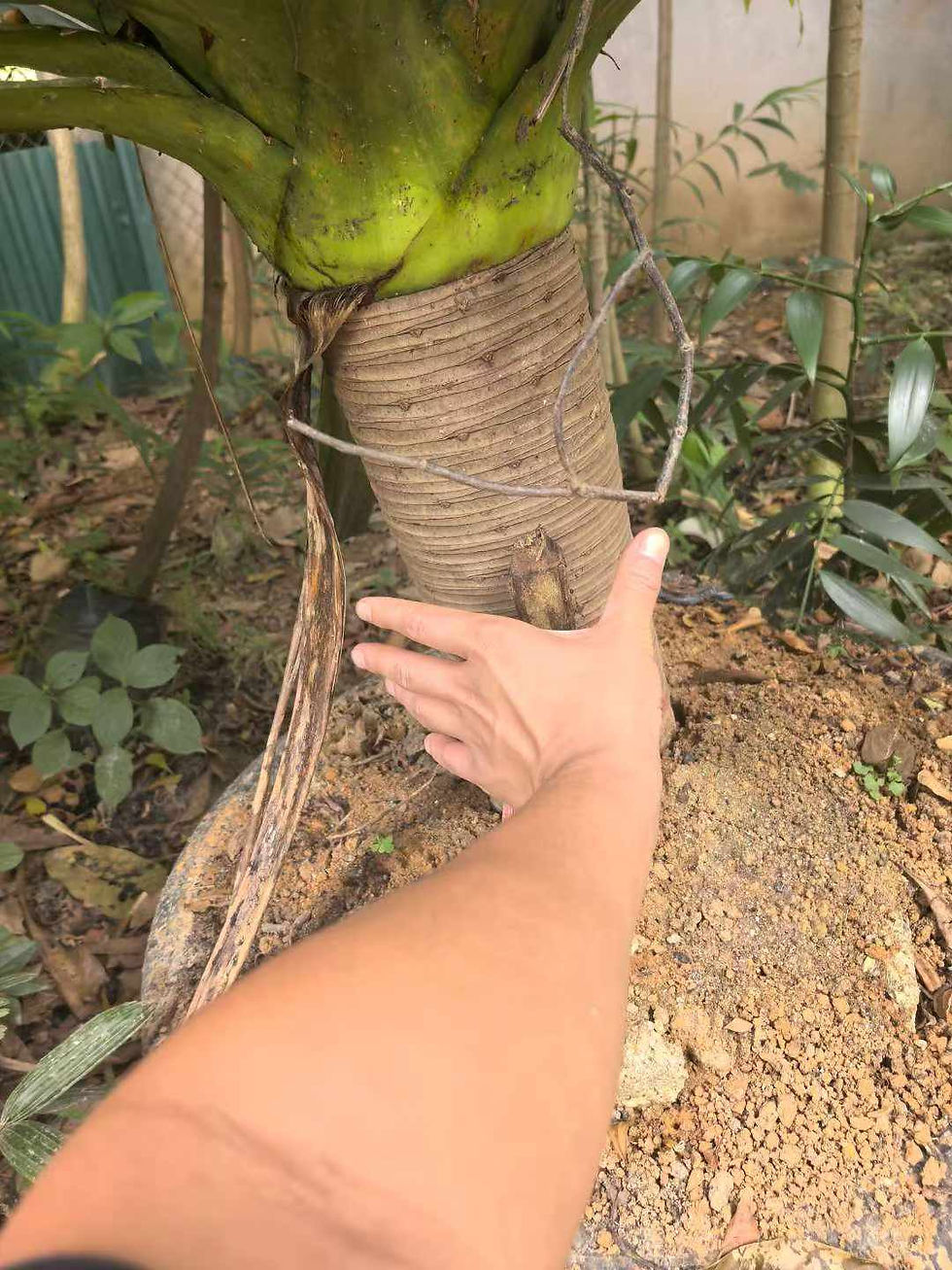木芙蓉 mu fu rong, Shrubs or small trees, erect, 2-5 m tall, deciduous. Branchlets, petioles, pedicel, epicalyx, and calyx densely stellate and woolly pubescent. Stipules lanceolate, 5-8 mm, usually caducous; petiole 5-20 cm; leaf blade broadly ovate to round-ovate or cordate, 5-7-lobed, 10-15 cm in diam., papery, abaxially densely stellate minutely tomentose, adaxially sparsely stellate minutely hairy, lobes triangular, basal veins 7-11, margin obtusely serrate, apex acuminate. Flowers solitary, axillary on upper branches. Pedicel 5-8 cm, articulate near end. Epicalyx lobes 8, filiform, connate at base, 10-16 × ca. 2 mm. Calyx campanulate, 2.5-3 cm, lobes 5, ovate, acuminate. Corolla white or reddish, becoming dark red, ca. 8 cm in diam.; petals nearly orbicular, 4-5 cm in diam., hairy abaxially, barbate at base. Staminal column 2.5-3 cm, glabrous. Styles 5, pilose. Capsule flattened globose, ca. 2.5 cm in diam., yellowish hispid and woolly; mericarps 5. Seeds reniform, villous abaxially. Fl. Aug-Oct.

































